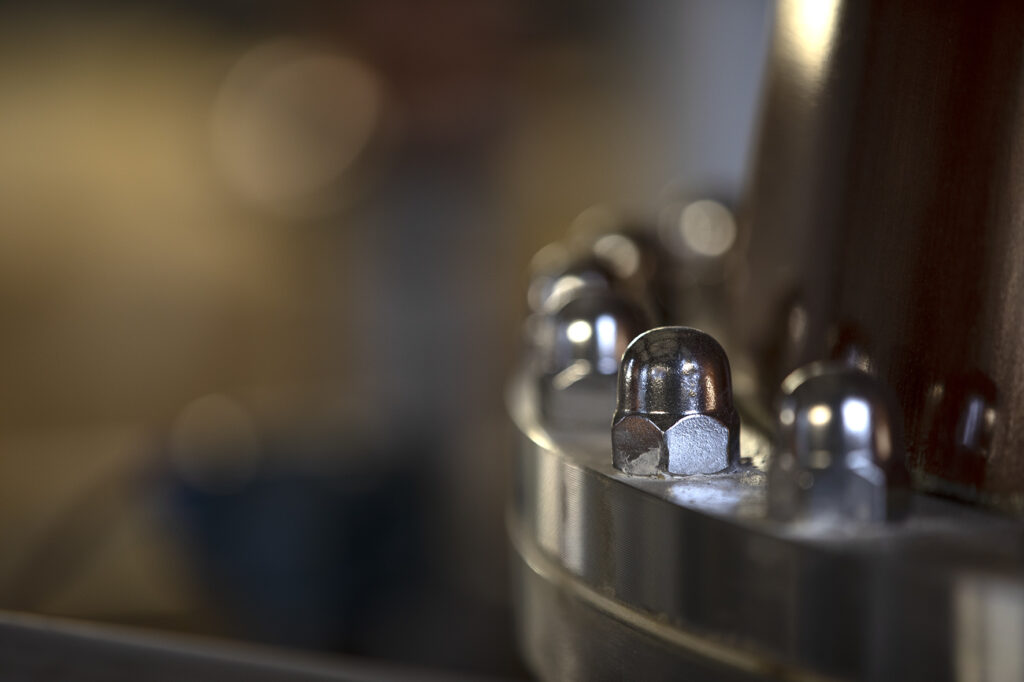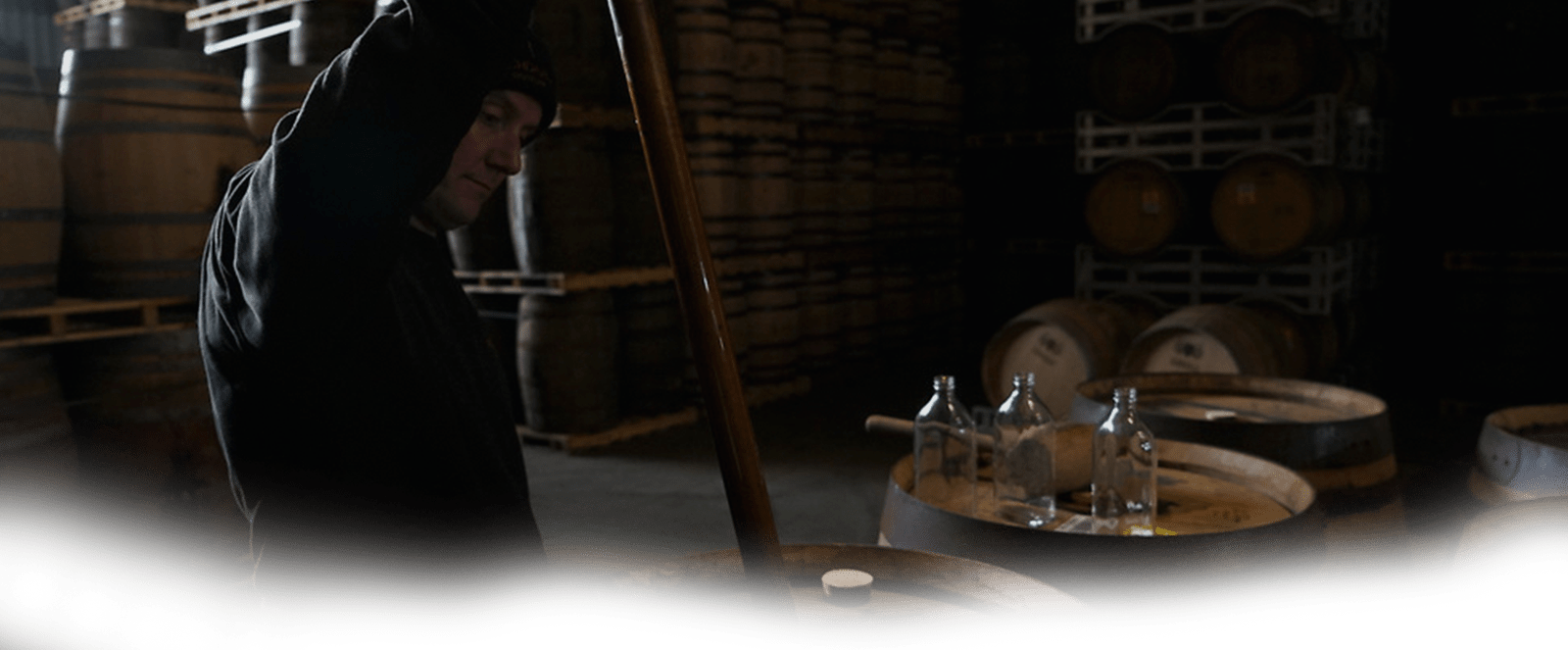14.05.21 Whisky Production
Distilling with Hydrogen
We recently published our carbon footprint calculation, one of the very few distilleries in the world to do so, find it here. This calculation identified the main areas where the production of whisky generates carbon and the burning of natural gas in the distillery boiler is one of the main contributors to our carbon footprint. The UK government recently invited companies to make a bid for some funding to look at the feasibility of decarbonising the distilling process. We made a bid along with the engineering consultants ARUP and we were successful.
Our project looked at a number of different ways of using hydrogen as our primary fuel source, displacing the natural gas we are currently burning. There were several solutions and we looked at each in turn and then looked at combining a number of these solutions.
But first let us look at some of the basic technologies.
Hydrogen can be produced by passing electrical energy through water, this process is called electrolysis. The electrical energy separates the hydrogen molecules from the oxygen molecules in the water. The oxygen is released back into the atmosphere and the hydrogen is compressed and then stored in a tank. When it is needed, the hydrogen can be supplied from the tank to the steam boiler where it burns. That is to say, it combines with the oxygen again generating a lot of heat which turns the water in the boiler into steam and the burnt hydrogen leaves the boiler as hot water and so the cycle continues. All of this can be done without releasing carbon into the atmosphere, as long as the electrical energy used to create the hydrogen is produced from a renewable source, hydroelectric, wind power or solar panels.
There is one other way of generating hydrogen and that is to take methane produced from an anaerobic digestion (AD) plant and pass the gas through a reformer. This is where the carbon molecules are split off from the hydrogen molecules that make up the methane gas and the hydrogen is then treated in the same way as the electrolysis method above. However, for this to be carbon neutral two things need to be in place. The carbon molecules need to be passed into a carbon capture process where they are then locked up and the second being the feedstock for the AD plant needs to renewable, i.e., green crop, grass, and rye, as examples.
One of the advantages of electrolysis combined with gas storage is you do not need to directly link the use of the electrical power to the final use of the hydrogen. So, you can create hydrogen when there is excess production of renewable electricity. This is very useful in malt distilling as the demand for the steam is not flat, but it cycles several times per day.
We examined installing photovoltaic (PV) cells on the warehouse roofs to generate renewable electricity at the distillery which could then be used to create the hydrogen by electrolysis. This again makes use of the hydrogen storage solution as the sun shines through the day, it always shines in Fife, but we use the gas through the night as well as the day.
The final solution we looked at was simply to import the hydrogen by road tanker from a local hydrogen generator. All we had to do here was to store the gas in a tank and draw it off as we needed it. Again, for this to work the source of the hydrogen needed to be renewable and the vehicle delivering the gas would be hydrogen powered.
So, what was the outcome? The full report can be found here.
Here is the summary.
At present, the development of the technology and more importantly the cost of the technology makes it very cost prohibitive to convert to hydrogen. This is similar to where PV and wind generation was a number of years ago. The efficiency, scalability and cost have significantly changed over the years with these technologies, and we see a similar situation happening with this hydrogen technology.
The technology, at present, is focused on large scale hydrogen production. A level way above our onsite demand.
The electricity produced by the PV panels on the roof of our warehouses would not make a significant enough contribution to our overall electrical energy demand. In addition, there are a number of outstanding safety issues related to installing PV panels on maturation warehouses. We believe that PV panels on whisky warehouse roofs represent a significant opportunity for the use of PV panels for the generation of renewable energy and the safety issues are not insurmountable.
The technology to capture the carbon from the reforming of methane is not yet available at the scale needed for our gas demand.
So, what are our next steps? Despite the rather negative outcome, a number of other opportunities were uncovered during the study and we are now actively looking at developing these. When these further studies conclude, we will present the outcome and keep everyone informed.
It is important that we all share information on this matter, as no one has all the answers and the collective knowledge can only accelerate the achievement of our shared goal of carbon neutrality. The publication of our carbon footprint report, the publication of this feasibility study and our future studies will in some small way contribute to this major goal.
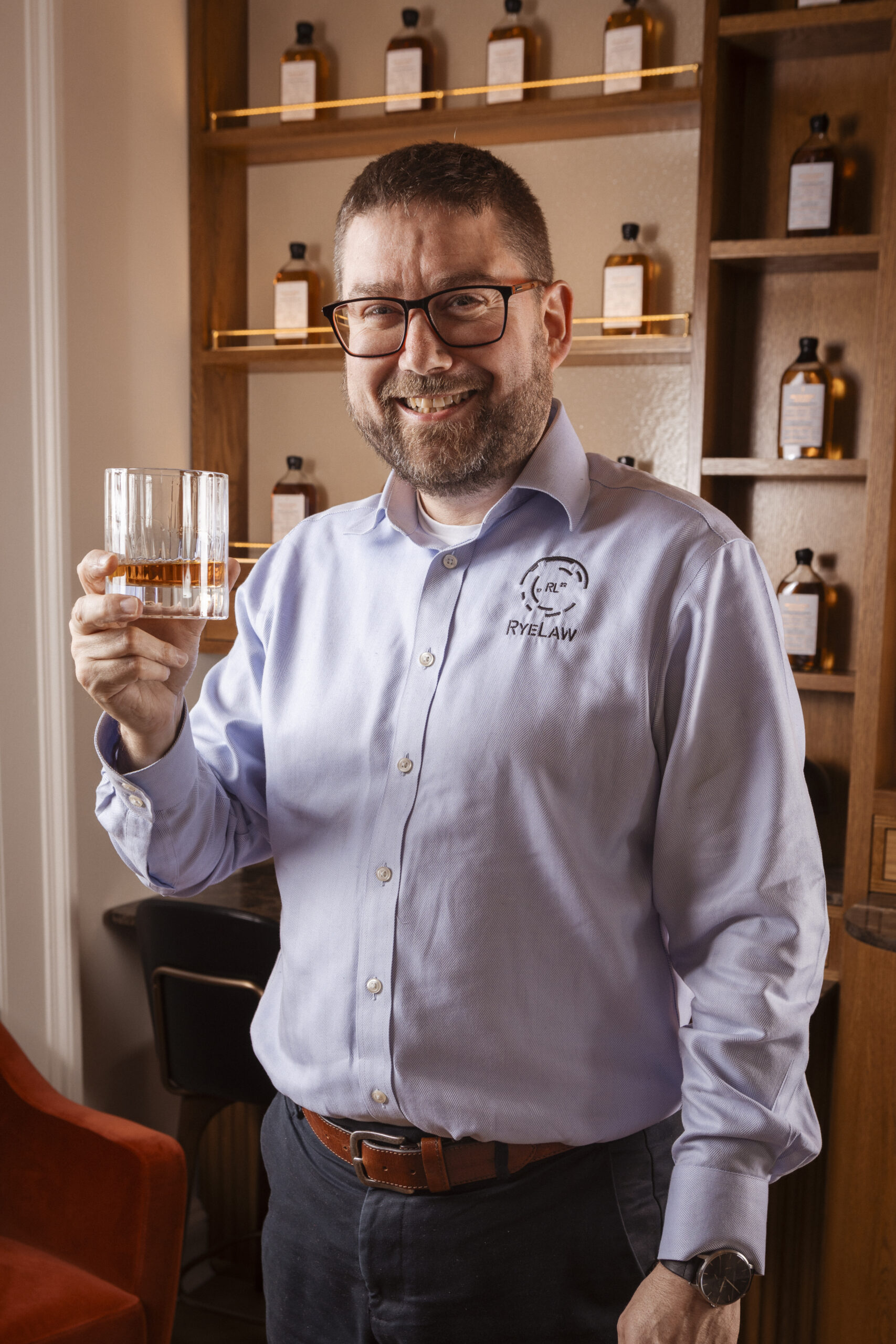

Our Founder Ian Palmer, Hands Over the Reins as Managing Director to Scott Sneddon
Today, InchDairnie Distillery announces a significant management transition, as whisky industry visionary Ian Palmer will hand over the reins as Managing Director to Scott Sneddon, the distillery’s current Distillery Director.
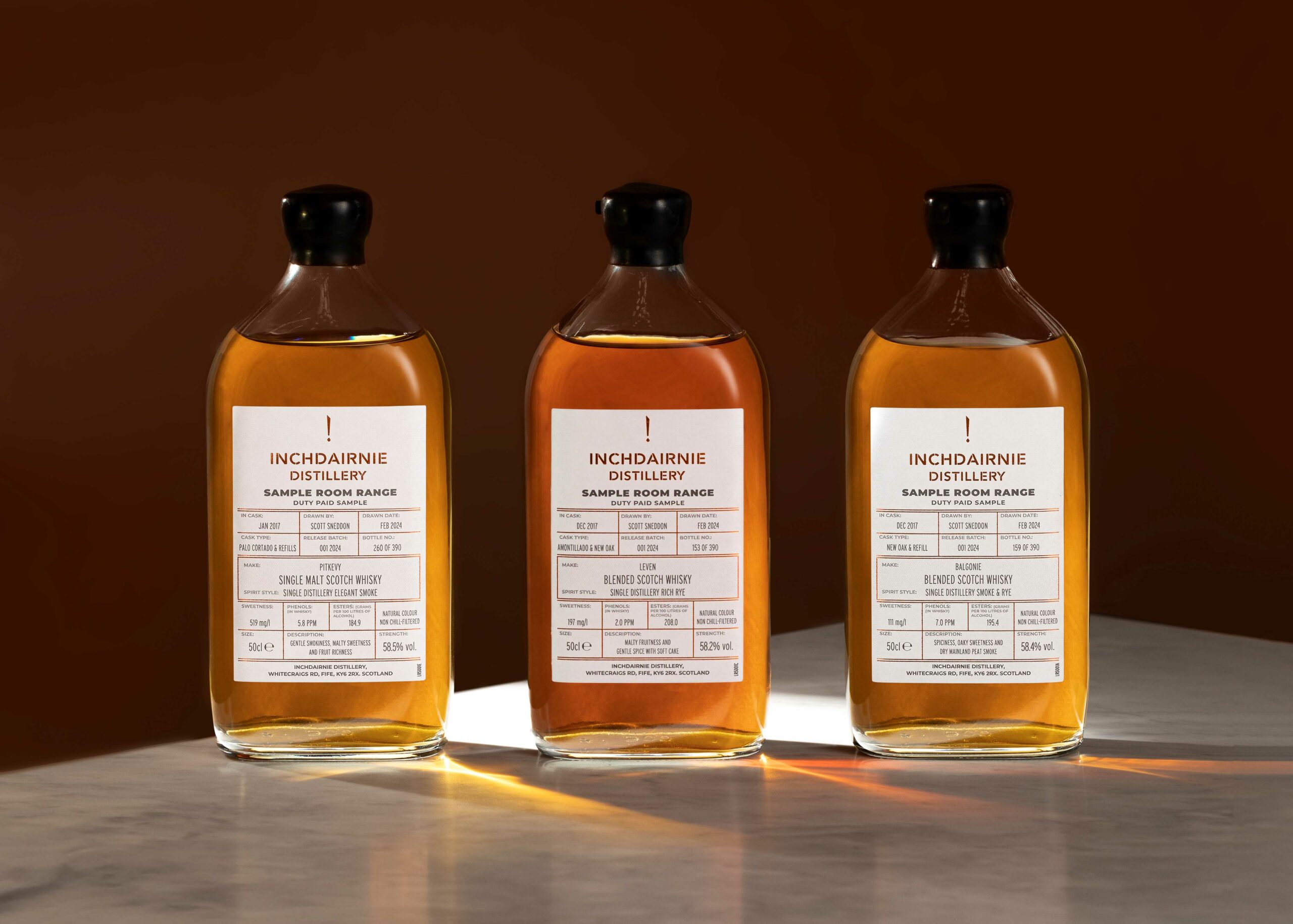

Introducing the Sample Room Range, Launching Exclusively with the Whisky Shop
Our innovative approach to flavour continues with the launch of our small-batch trilogy series, the Sample Room Range, available exclusively on launch from the Whisky Shop.
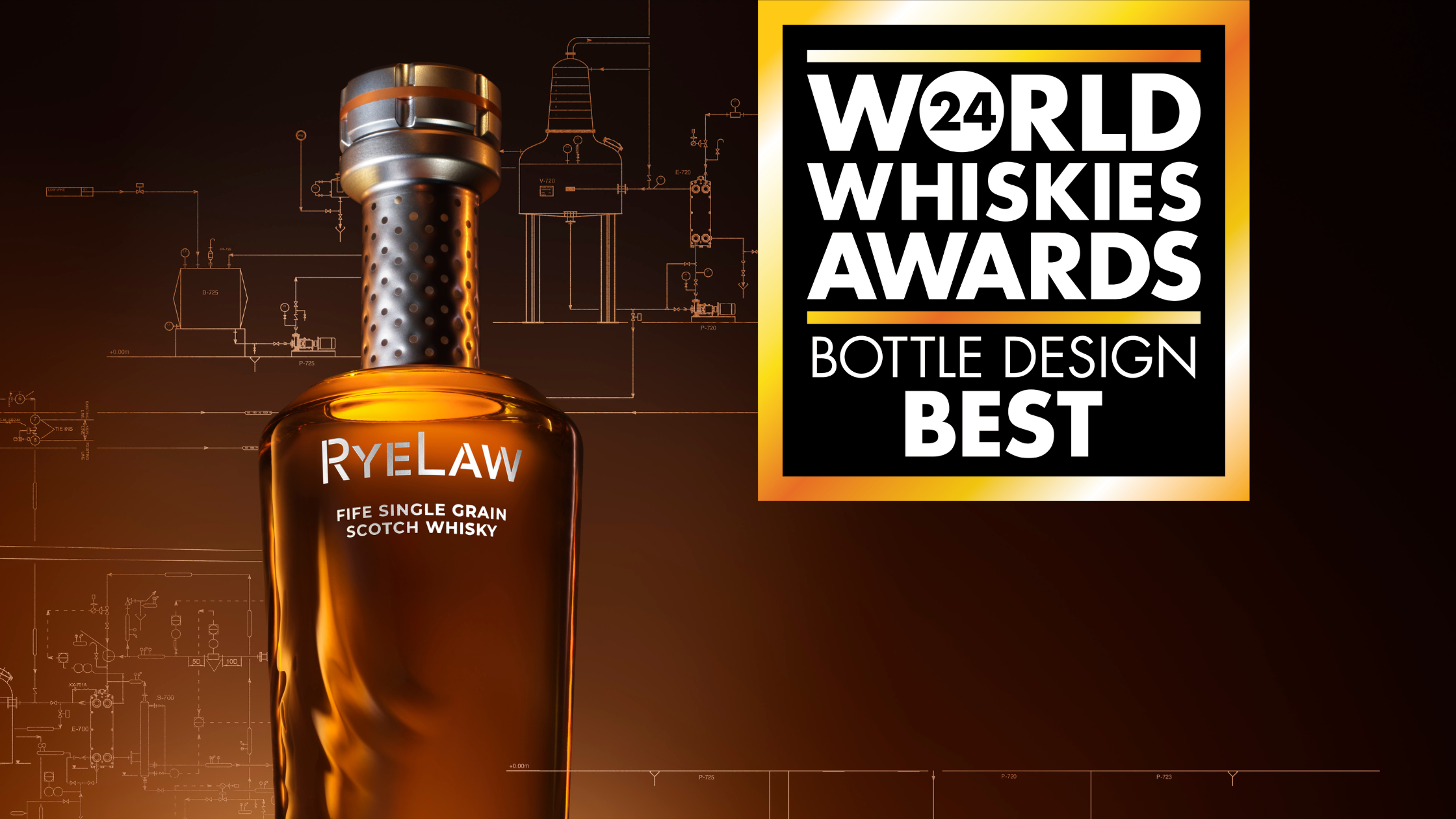

InchDairnie Wins Best Bottle Design at the World Whiskies Awards
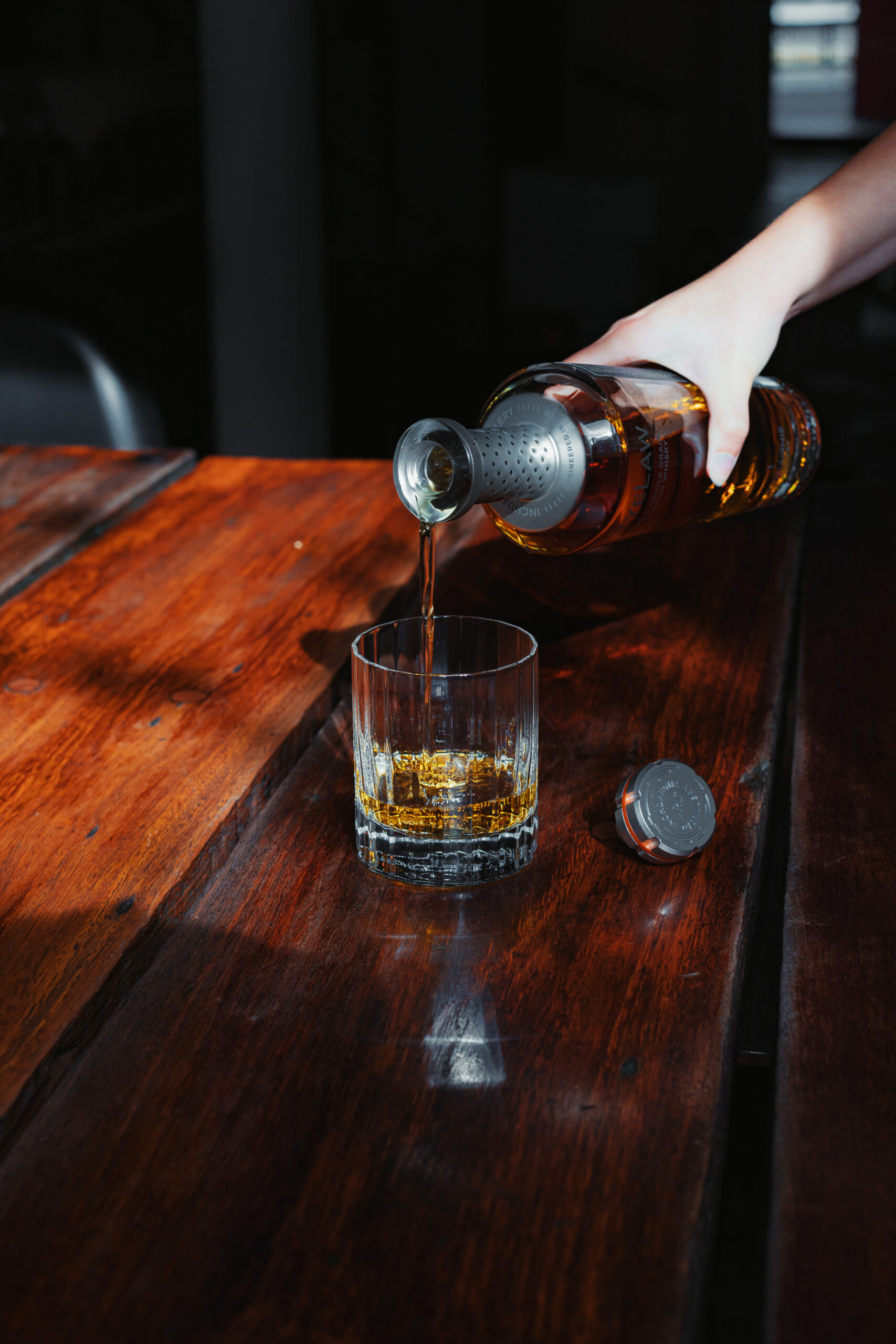

InchDairnie Distillery Appoints New UK Distributor, Disaronno International UK Ltd.
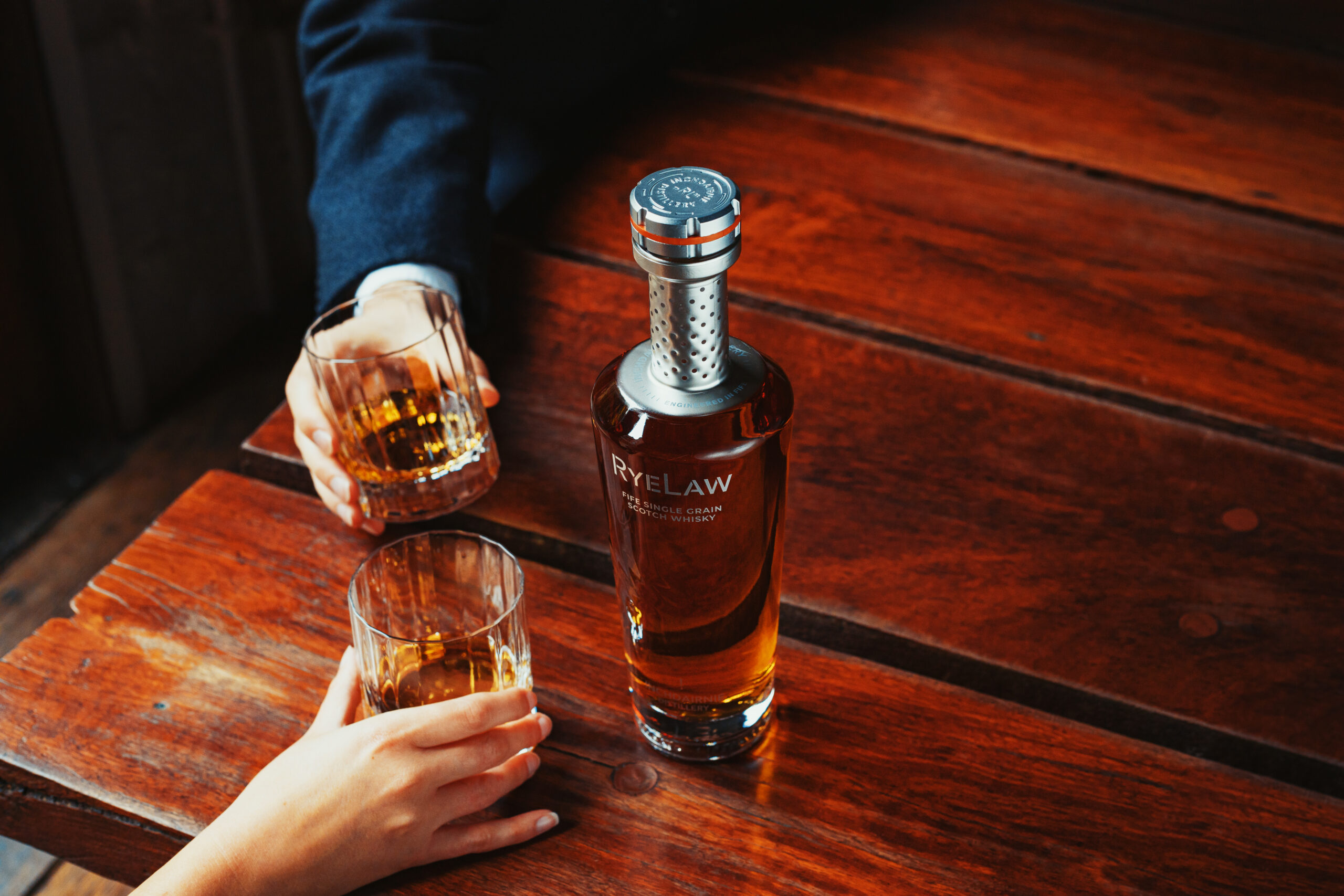

RyeLaw has launched in Travel Retail
InchDairnie Distillery is proud to announce its partnership with Gebr. Heinemann for the European expansion into Travel Retail for our first release, RyeLaw Fife Single Grain Scotch Whisky, now available at Copenhagen, Frankfurt and Vienna airport.
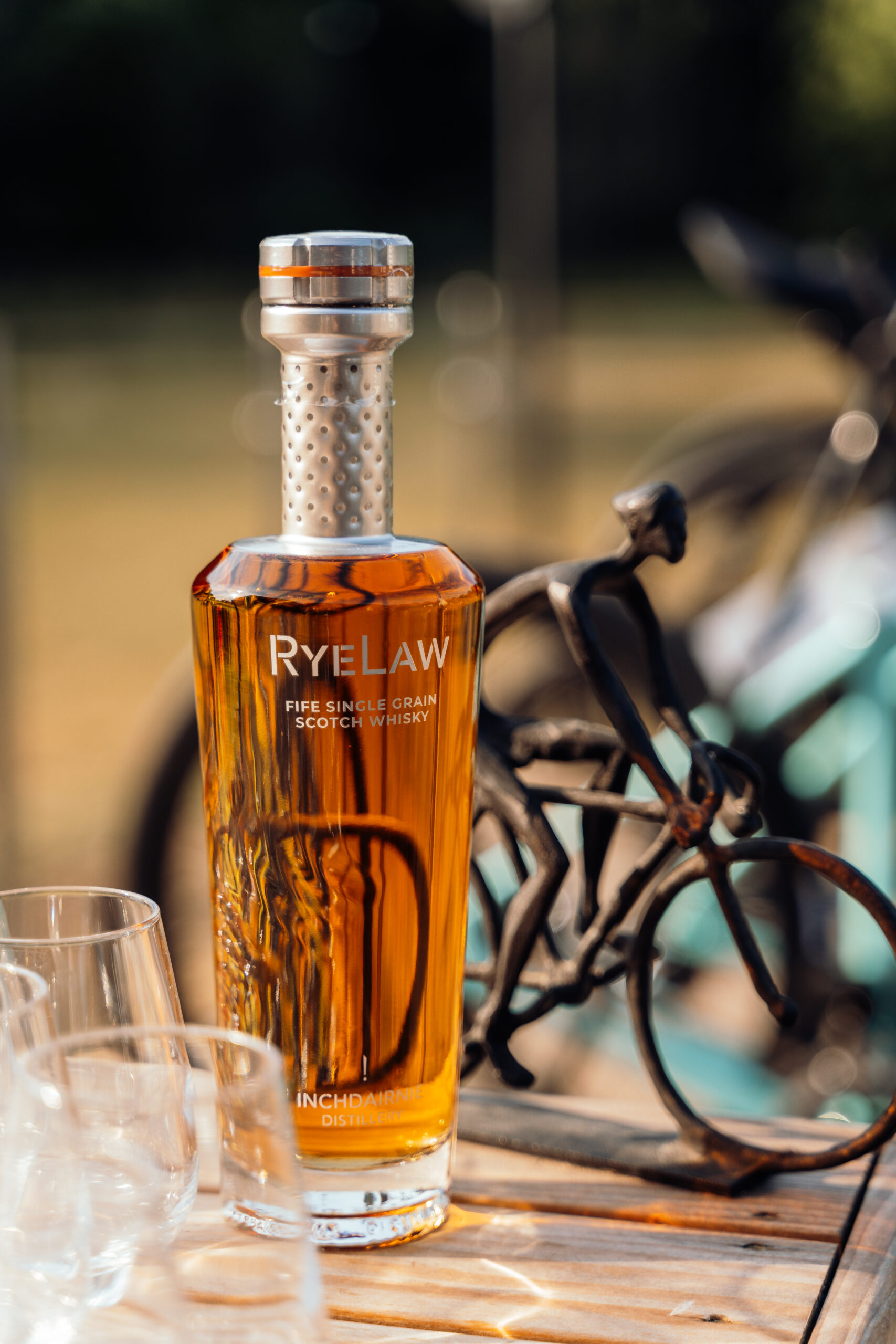

Our Luxury Partnership with LeBlanq – 2023 Highlights
In early 2023, we announced our partnership with luxury cycling tour specialist, LeBlanq as their official Global Whisky Partner for 2023/24. LeBlanq believe in rewarding life’s hard work with the ultimate escapism – indulgent weekends of eating and drinking all whilst joyriding in some of the world’s most beautiful cycling and culinary destinations.
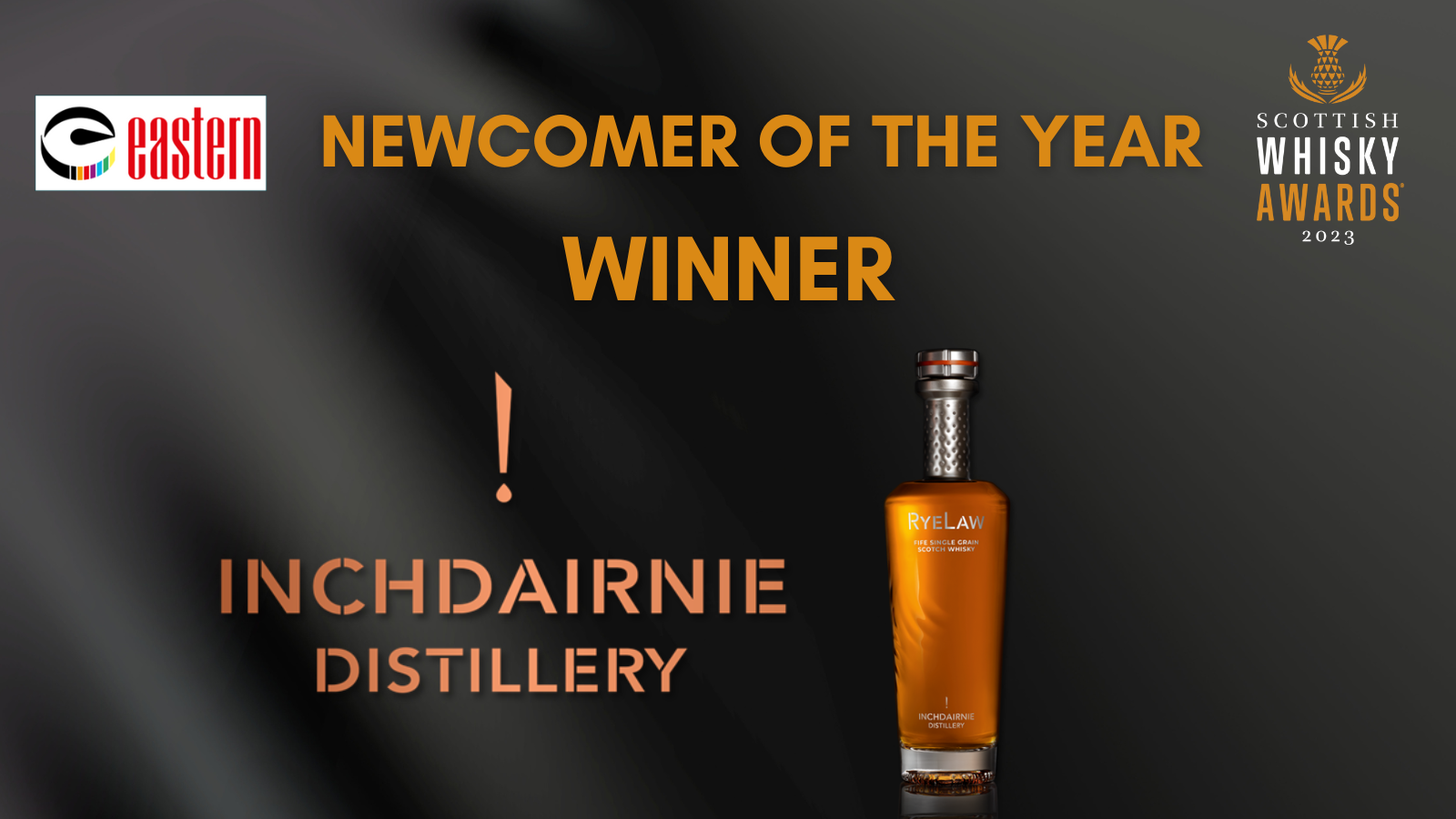

RyeLaw Wins Newcomer of the Year
RyeLaw wins Newcomer of the Year at the Scottish Whisky Awards 2023.
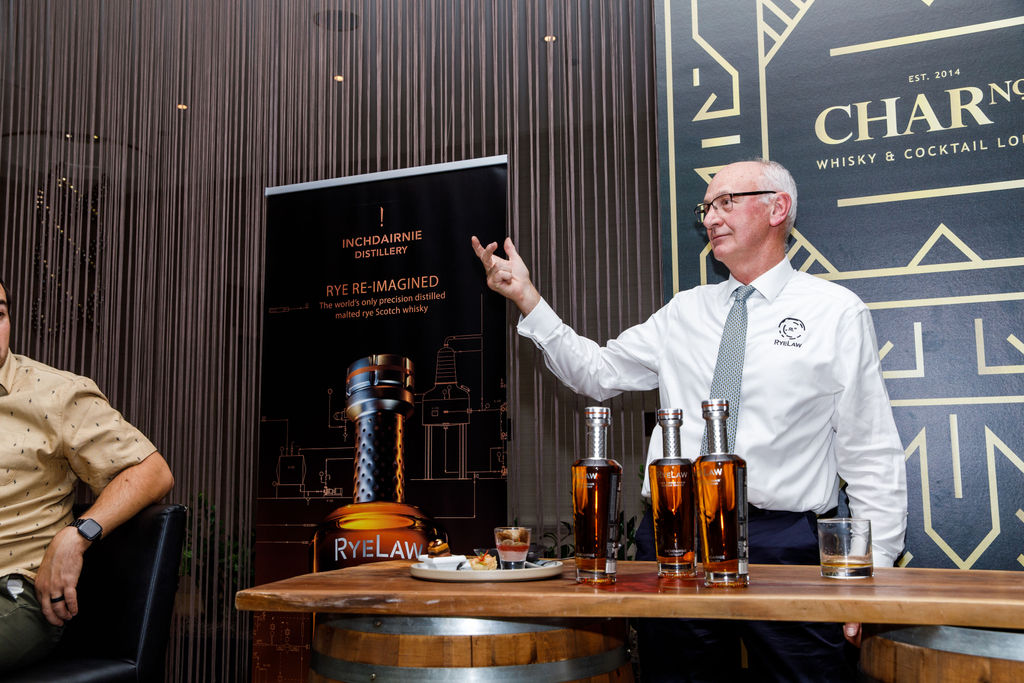

RyeLaw has Launched Coast to Coast in Canada
Our Managing Director Ian, has been on a whirlwind tour, launching our golden liquid across the stunning provinces of Canada.
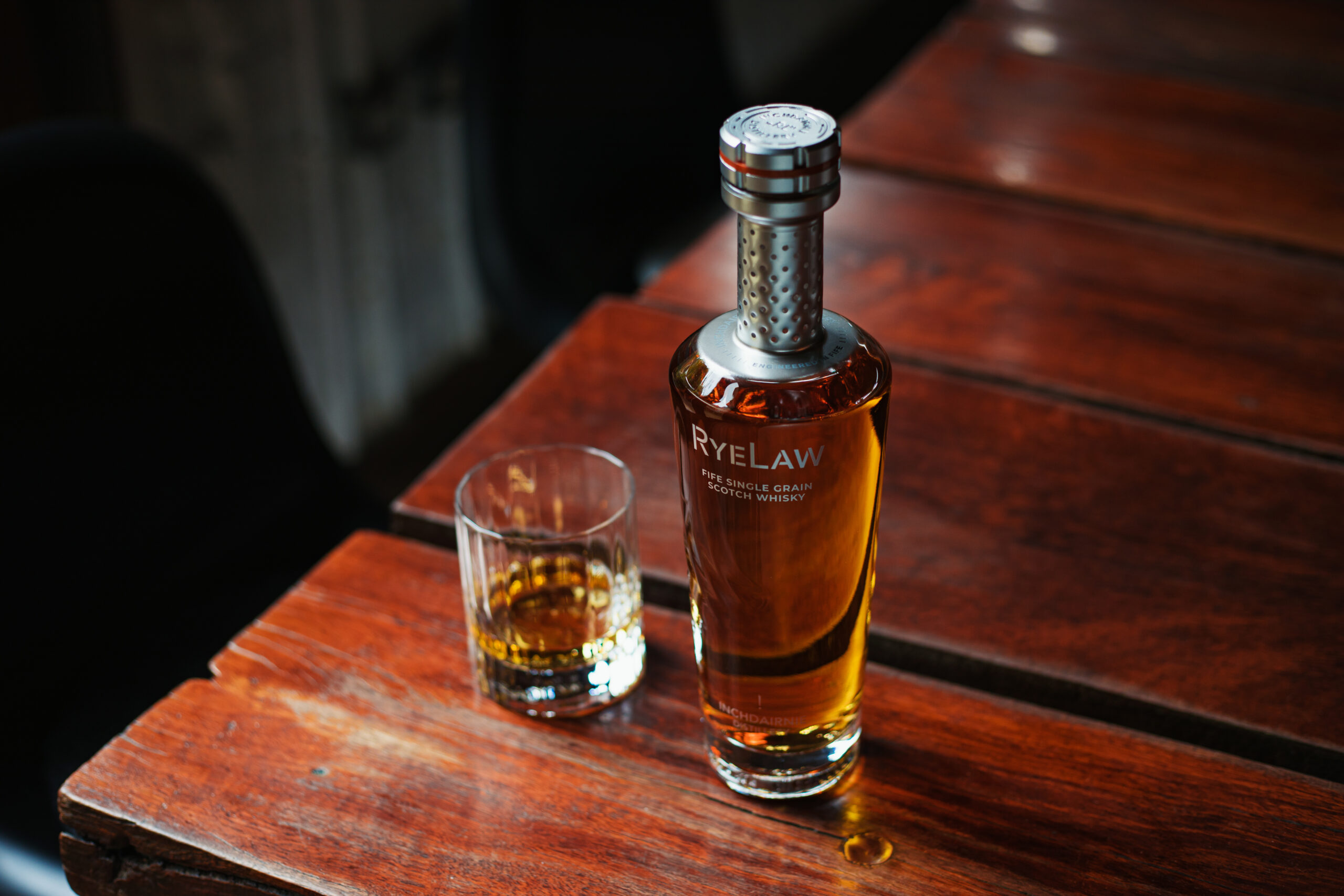

RyeLaw Has Launched In The Far East
The global roll out of our first brand, RyeLaw, continues with the launch in Taiwan and Japan. Both these countries are key markets in this important whisky region and we are delighted to be working with Union Liquor in Japan and Drinks, Wines and Spirits Co in Taiwan.
